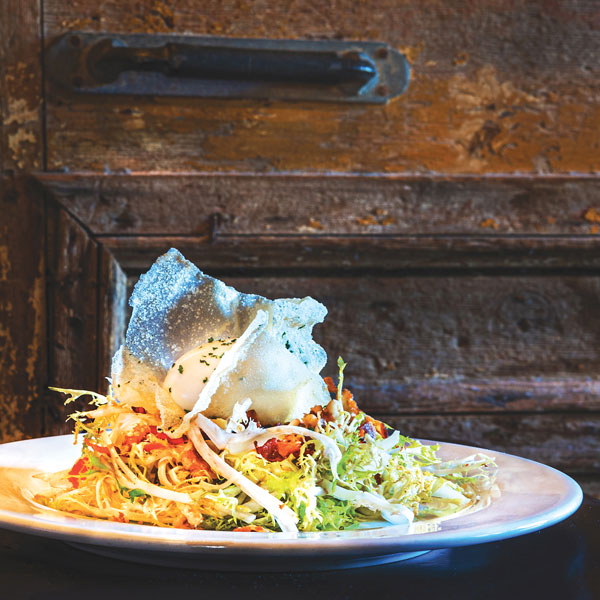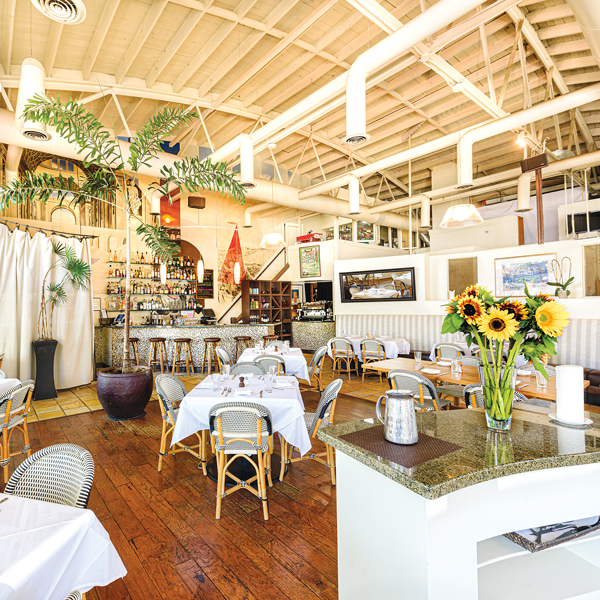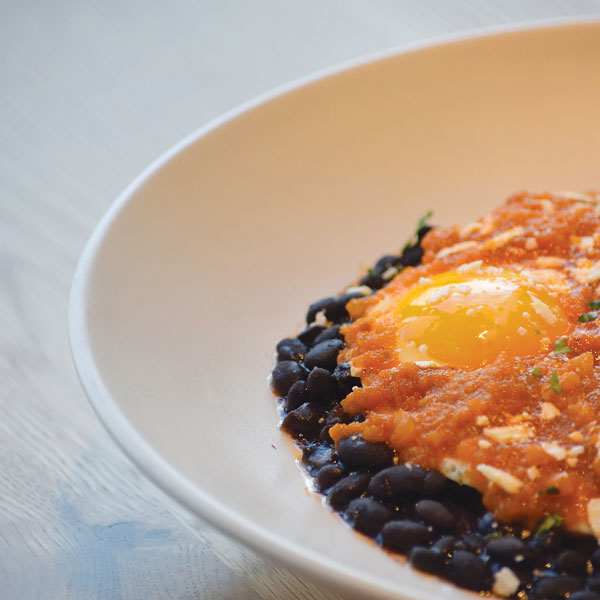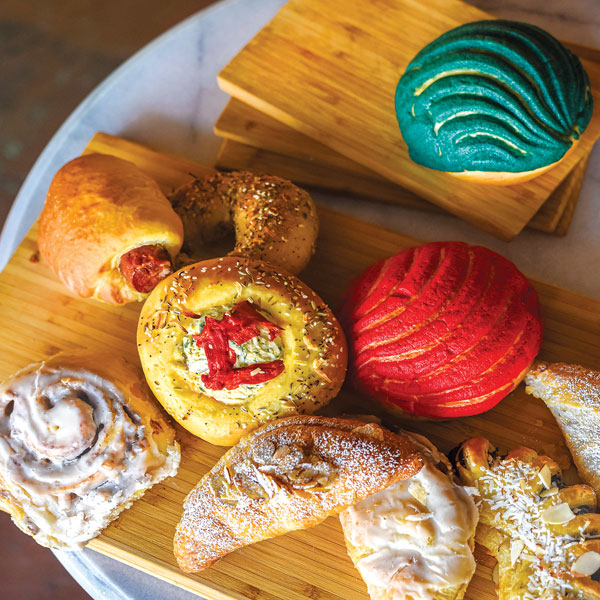
Jul 28, 2021
I’m happy to report Plan B, the California-meets-France restaurant in Arden Town Center, hasn’t lost a step. When my mother called and asked if I’d like to go for dinner, it delighted me to learn the food and service are still on point. Plan B’s resilience makes a visit that much more joyful.
If you are not familiar with Plan B, I understand. The restaurant sits in the back section of the center, facing neither Watt Avenue nor Fair Oaks Boulevard, the two main cross-streets. Plan B is a little tricky to find on La Sierra Drive but worth the search.
During many visits, I’ve sampled most dishes and found them consistent reminders as to why French cuisine still sets culinary standards.

May 28, 2021
Since normal life stopped last year, we’ve all coped in different ways. We’ve hurt in different ways and changed in different ways. Few people have had more difficult times than my friends in the restaurant business.
As restrictions lift for restaurants, the demand for dining out is palpable. Restaurant owners scramble to find staff. Reservations are a must at many joints. I’ve seen dining rooms run out of food before dinner service ends.

Mar 28, 2021
Growing up in Sacramento in the 1980s, I could easily count the number of Thai restaurants. Today, keeping count is almost impossible. The region supports around 100 Thai places. And it’s not just a city thing. I’ve seen Thai restaurants in Susanville and Alturas.
It’s no wonder. Signature Thai flavors pull together sweet and savory, sour and bitter. Fresh vegetables and rich, pungent sauces deliver satisfying fare. Rice dishes, noodle dishes, curries and small bites create varied and exciting meals any day of the week.

Feb 26, 2021
Midtown is a special place. Ask anyone who’s lived, visited or worked there. It’s a fun, funky, homey, bustling village. It’s got abundant history and a bright future. But ask a handful of long-time Sacramentans what that history is, or what the future looks like, and you’re likely to get several different answers.
Local historian William Burg can talk about colorful characters, crime and architecture. Brian Crall, founder of Sacramento Comedy Spot, has run a successful arts organization in the heart of Midtown for a decade. He can describe the joys and challenges of trying to succeed in the part of town that many outsiders treat as a “party house.”

Jan 28, 2021
Sacramento has an impressive lineup of burger options during normal times. Willie’s Burgers, Flaming Grill Cafe, Burgers and Brew, Squeeze Inn and Pangaea Bier Cafe all boast some notable burgers. Each one, and many more that I haven’t named, brings its own unique take on the humble burger, and serves it up with an admirable lineup of beers and sides to boot.
Locals can count ourselves lucky that the selection is still broad—and the quality is still high. Even after we’ve seen several burger-slinging favorites like Jim Denny’s, Nationwide Freezer Meats and Tiny’s close during the last few decades, many old joints remain, while new purveyors have hit the scene.

Dec 28, 2020
With more shutdowns and stay-at-home orders, and fewer options to interact with local food-service small businesses, it’s harder and harder to enjoy a simple trip to get a sandwich or grab a cup of coffee. Dining rooms are off limits and the weather is just a bit too cold most days to dine outside.
Therefore, it’s more important than ever to find those quick grab-and-go outposts that offer safe and convenient locations with delicious food and customer care.











